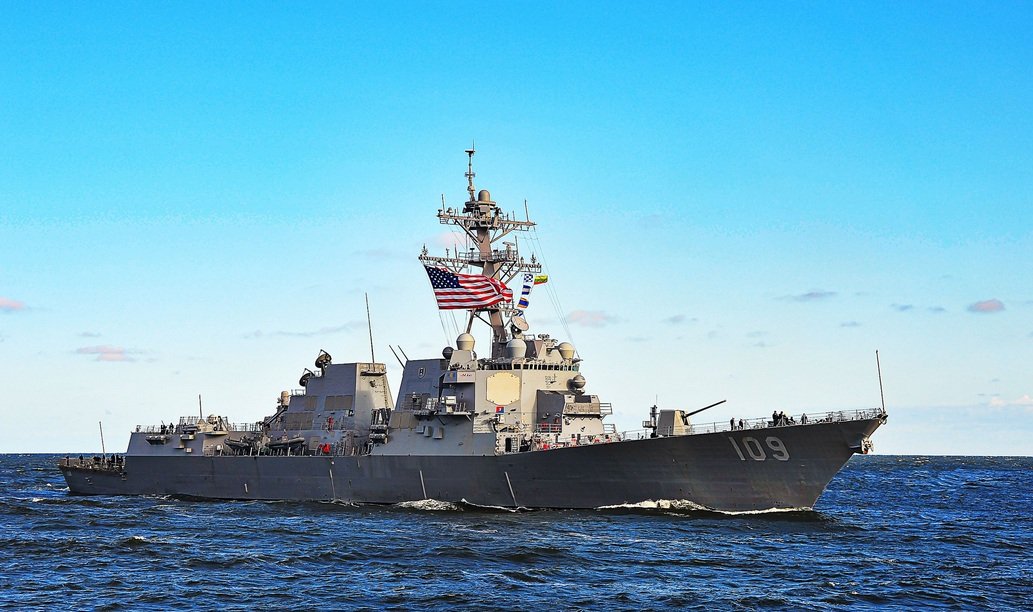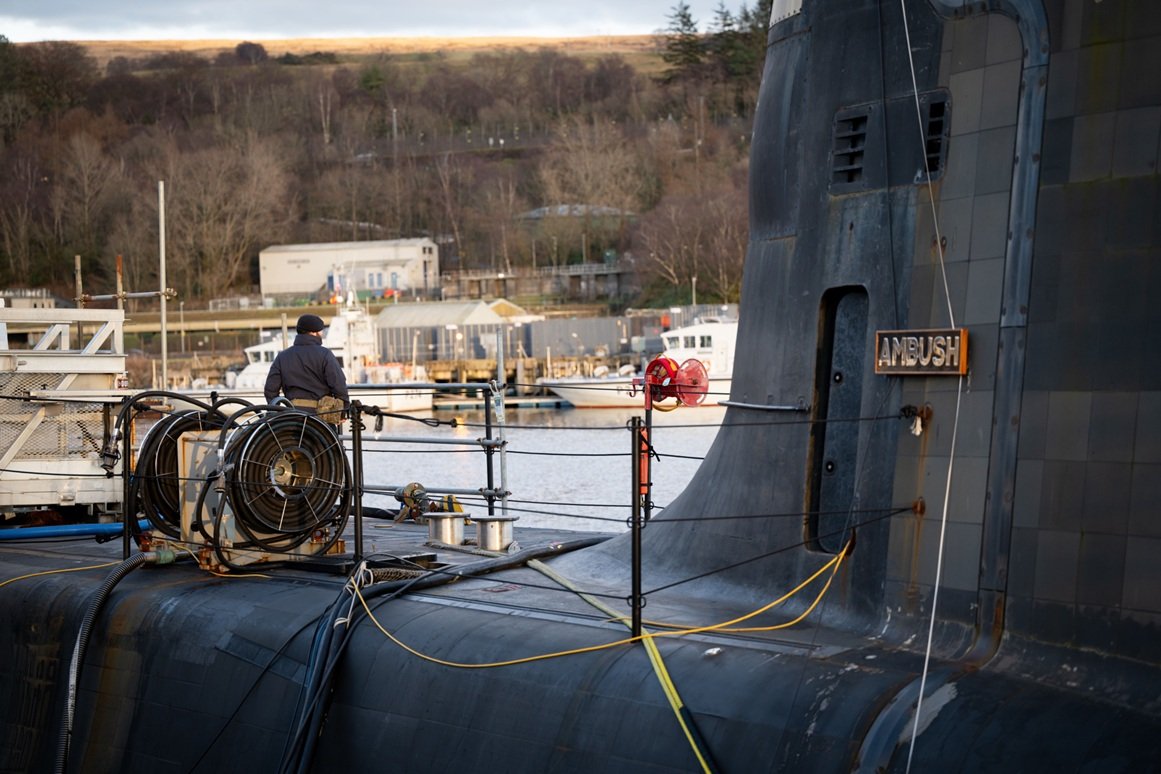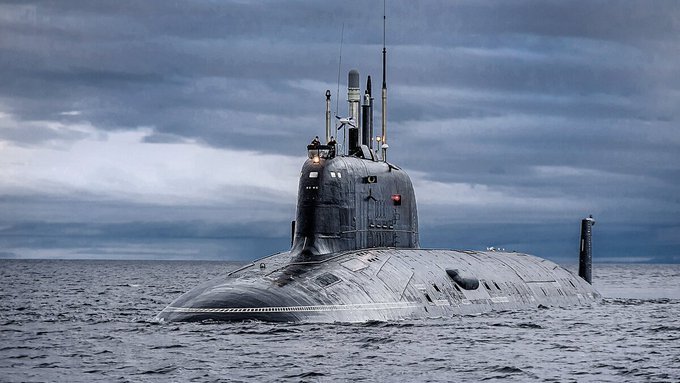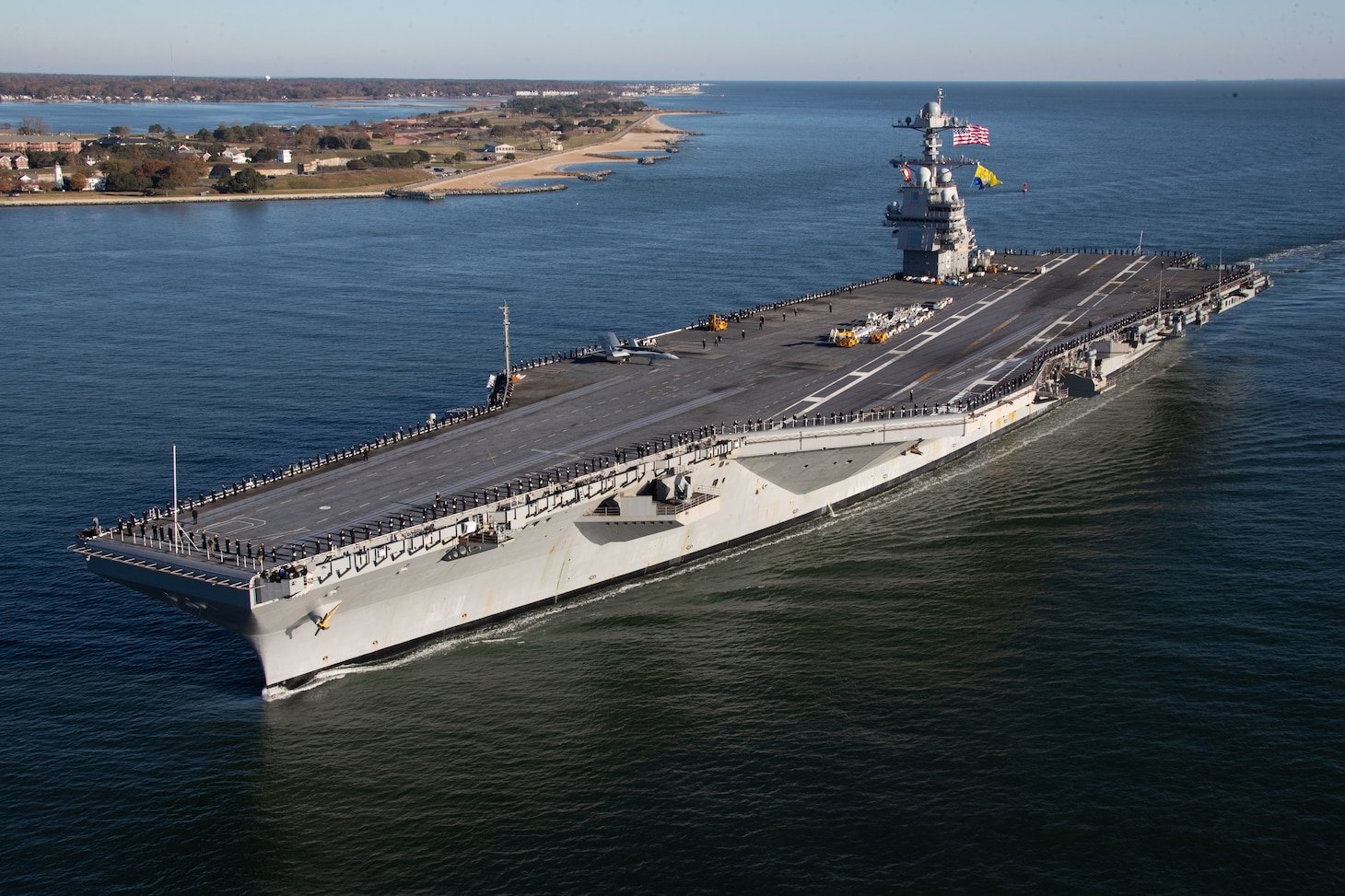
Production of new US aircraft carriers faces repeated delays
USA, August 19, 2025 – The US Navy, as one of the world’s most important naval powers, continues to face challenges in modernizing its fleet, which is crucial to ensuring America’s quest for global dominance at sea. Among the most important projects is the construction of new Ford-class aircraft carriers, which are to replace the aging fleet of Nimitz-class aircraft carriers. These ships are designed with advanced technologies that promise to increase operational efficiency, lower operating costs and greater flexibility in deployment.
However, the Ford-class project has faced significant problems, manifested in repeated delivery delays, which has a major impact on the operational readiness of the US Navy. The development of new aircraft carriers for the US Navy, specifically the Ford-class, is part of a broader effort to modernize the United States fleet. The goal of this modernization is to increase operational efficiency and reduce operating costs, which is especially important in the context of increasing competition on the world’s seas. The Ford class features a number of technical innovations designed to significantly improve operational and combat capabilities, some of which were first implemented on the Gerald R. Ford, which was commissioned in 2017. While the technological innovations promised significant performance improvements and reduced operating costs, the construction and commissioning of these vessels have.
Technical Issues and Causes of Delays
The causes of repeated delays in the delivery of new Ford-class aircraft carriers are multi-layered, ranging from technological innovations to supply chain issues. Each of these factors significantly impacts the production timeline, resulting in an extension of the expected completion and commissioning dates.
Two key technological systems that have caused significant delays are the Advanced Arresting Gear (AAG) and the Advanced Weapons Elevators (AWE). These systems are essential for the safe and efficient operation of aircraft aboard an aircraft carrier. While elevators are used to transport aircraft and ammunition between the deck and the lower deck, the AAG is responsible for safely bringing aircraft to a stop after they land. While both systems were deployed on the Gerald R. Ford and are considered critical to the effectiveness of operations, several problems have been encountered during implementation on the John F. Kennedy (the second ship of the class).
For example, the AAG failed to pass all required certification tests, which led to its completion being delayed by several months. Similar problems were encountered on the AWE, where a lack of coordination between production teams and contractors led to delays. The previously delayed construction of two new aircraft carriers is being pushed back again, new Navy budget documents show. The delivery date for the next Ford-class aircraft carrier, which will be named John F. Kennedy, was originally set for this year, but will now be pushed back to March 2027. The previous estimate was for a one-year delay. Similarly, the planned delivery of the Enterprise aircraft carrier, which was scheduled to be commissioned in 2029, is also being pushed back. Navy documents now indicate that it is not expected to be completed until July 2030 due to supply chain issues and material shortages. The original 2028 completion date was pushed back to 2029 last year, but that date will not be met either.
Impacts on the US Navy and Defense Capability
The delay in the production of the new Ford-class aircraft carriers has serious implications for the US Navy and its ability to carry out its global operational missions. Aircraft carriers are the backbone of US naval power and are a key tool for projecting force, ensuring maritime dominance, and meeting strategic security objectives.
One of the main impacts of the delay is reduced operational readiness. The Nimitz-class ships, which are to be replaced by the new Ford-class aircraft carriers, are still in active service, but they are technologically outdated and have higher operating costs. This means that increasing gaps in the availability of new ships are leading to longer intervals between aircraft carrier deployments in critical areas. The delays in the construction of the John F. Kennedy and Enterprise mean that the US Navy will have to continue to rely on older ships that no longer meet the requirements of the modern battlefield. This factor increases the pressure on other fleets and makes it more difficult to quickly deploy sufficient forces in areas such as the Indo-Pacific, the Middle East or North Africa.
The geostrategic implications of these delays are undoubtedly far-reaching. The US Navy has long relied on its aircraft carriers to project power, monitor strategic areas, and provide security for its allies. Delays in the delivery of new aircraft carriers mean that the United States may be limited in its ability to meet challenges from other naval powers, such as China and Russia, which are investing in modernizing their fleets and increasing their presence in key areas of the world’s oceans.
Pentagon Response and Remedial Action
The Pentagon is aware of the problems associated with the delays in the construction of the Ford-class aircraft carriers and has taken several steps to expedite the process and ensure that the US Navy is not left at a disadvantage to its competitors at sea. Although delays have become a recurring problem, the Pentagon is trying to address the situation through several key initiatives.
One major step is investing in shipyard modernization and increasing the capacity to produce new vessels. The Pentagon has recognized that some of its manufacturing facilities and shipyards are not sufficiently prepared to produce new types of aircraft carriers, especially those with highly advanced technologies. For this reason, extensive modernization programs have been launched to improve the infrastructure at key shipyards, such as Newport News Shipbuilding in Virginia, where the Ford-class aircraft carriers are being built. The modernization of these facilities includes investments in new manufacturing technologies, improved working conditions, and training of workers, which should contribute to faster and more efficient production of vessels. The goal is to minimize the number of unplanned delays and reduce the overall time required to complete new ships. Given the repeated problems with production cycles and delays in the delivery of classic vessels, the Pentagon is also focusing on implementing new technologies, including unmanned systems. These technologies should reduce dependence on traditional, manually controlled vessels in the future and allow for faster deployment and maintenance of military capabilities. This innovation is part of a broader plan to automate naval operations, which could contribute to greater flexibility and shorten the time between planning and deployment of units in the future. Similarly, the Pentagon is focusing on modernizing and expanding the production of unmanned combat aircraft and autonomous naval vessels, which could support operations and offset temporary delays in the construction of conventional aircraft carriers.
Another measure that the Pentagon has taken is increasing funding and securing new contracts for shipyards, which are intended to accelerate construction and get the US Navy back on track. A significant part of these investments is aimed at ensuring sufficient supplies of materials, technologies and components that are necessary for the construction of new aircraft carriers. The increased funding is also part of a broader plan to improve competitiveness and shorten the construction time of new vessels, including increasing efficiency in supply chain management.
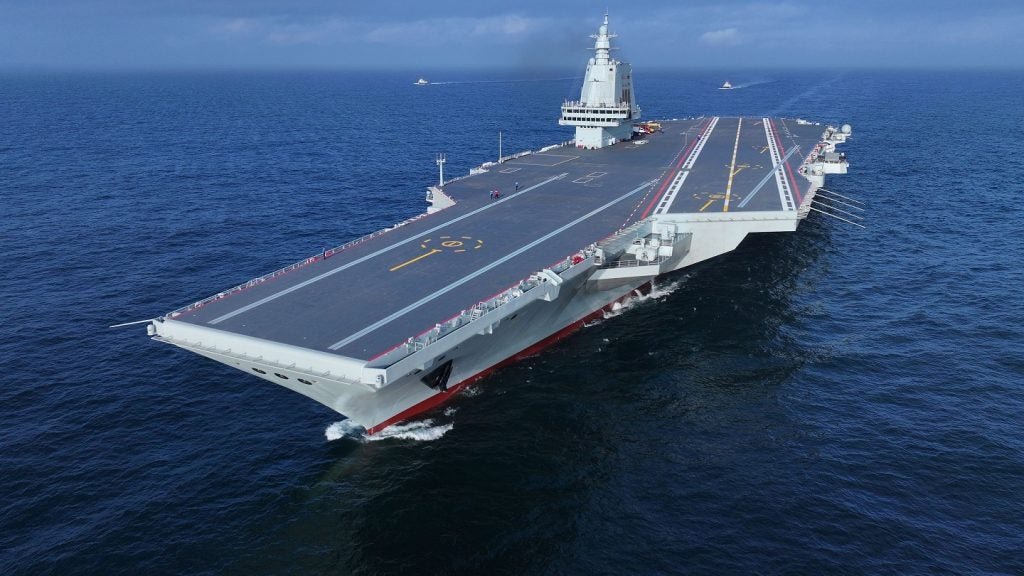

Martin Scholz



